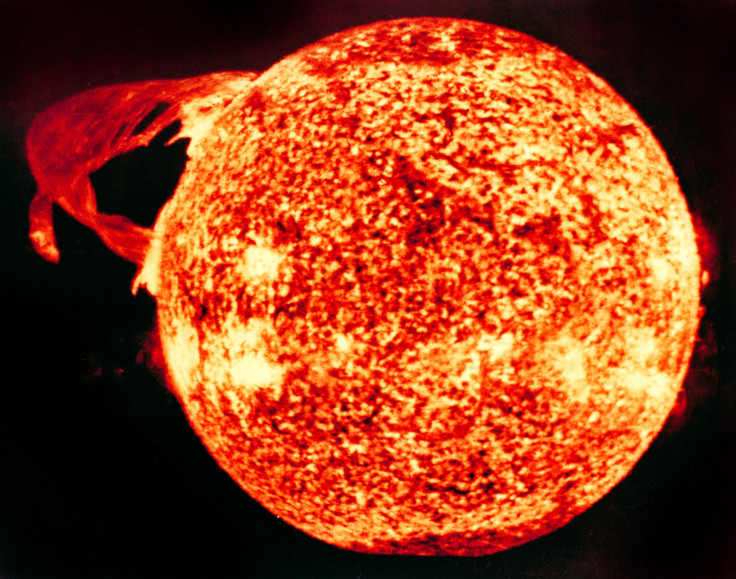Solar Flare Study Helped By NASA’s MinXSS CubeSat

The first mention of solar flares in astronomy was on Sept. 1, 1859, and while 157 years have passed since, there is still a lot we don’t know about them. To fill some of the gaps in our understanding, specifically about the effect a particular class of X-rays — that form a part of the flares — has on Earth, NASA launched a miniature satellite earlier this year, and the data have started coming in.
Launched from the International Space Station which orbits Earth about 250 miles above the surface, the Miniature X-Ray Solar Spectrometer (MinXSS) CubeSat set out May 16 and began collecting data June 9. A little over a month later, it captured data on soft X-rays during a low-intensity solar flare on July 21.
The data captured by the MinXSS CubeSat “reveals the temperature, density and abundance of solar flare material, all critical factors for determining how flares evolve and heat the sun’s atmosphere,” a statement by NASA said.
Soft X-rays are released during the first of the three stages a solar flare is divided into, and they decay in the third and final stage. This particular class of X-rays “has rarely been studied” but is “particularly important for their influence in the level of the upper atmosphere called the ionosphere.”
Disturbances caused in Earth’s upper atmosphere by solar eruptions affect numerous satellites and can temporarily disable long-range communication, such as radio and GPS signals. Sometimes, it can lead to potentially dangerous situations, such as in 1967, when a solar storm almost caused a nuclear war between the U.S. and Russia.
At an aesthetic level, though, a particularly powerful solar can cause brighter than usual northern lights in the night skies, as happened during the geomagnetic storm in 1921.
© Copyright IBTimes 2025. All rights reserved.





















